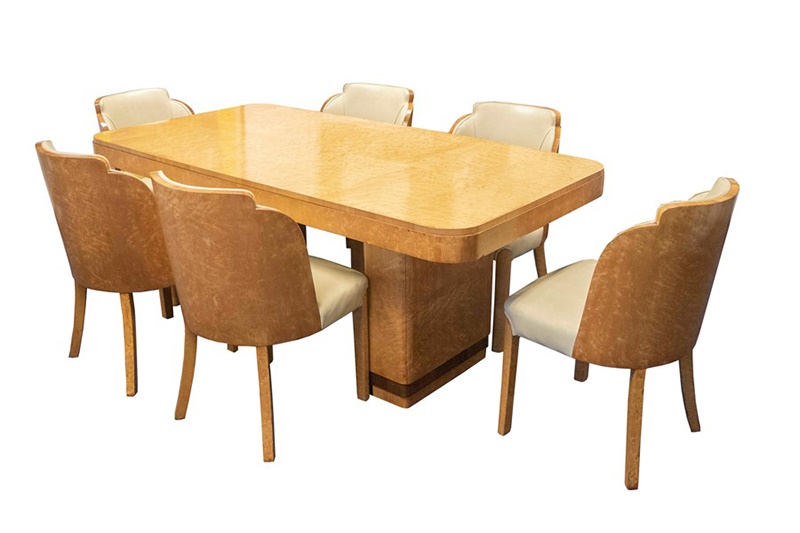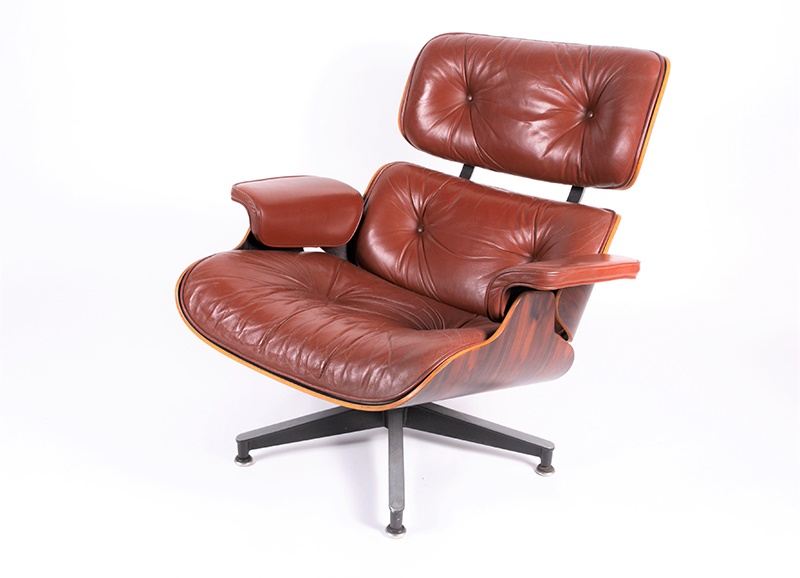A Guide to 20th Century Furniture
Exploring the Iconic Styles of Modern Furniture Design
09/05/2023
The 20th century was a time of great change in the world of furniture design. From the iconic designs of Epstein to the more modern designs of David Lindley, this period saw a huge variety of styles and materials used to meet the demands of an ever-changing market.
Within this article, we explore the different eras of 20th century furniture…
Lucian Ercolani founded the company that became Ercol, in 1920. Specialising in beech wood and elm, a previously underrated natural resource of the forest in High Wycombe. His goal was to produce well-designed furniture, created by highly skilled craftsmen, who took pride in their work. Producing designs so iconic that they are recognisable from their form, this quintessentially English company has been a compelling force in the UK household furniture market and continues to produce to this day.
1920s society was emerging from the darkness of the first World War, and a bright new age of glamour was unfolding. Chrome, glass, and mirrors were the materials of choice, with angular and geometric designs becoming dominant.
Harry and Lou Epstein became popular during this decade, well-known for their conservative Art Deco style in bleached/stained walnut with Japanese lacquered finishes, most of their furniture was custom made or special order. Specialising in geometric designs of burr maple, sycamore, and walnut veneers, with inlaid brass, ivory, and mother-of-pearl. For upholstery, they generally used Oriental silk, snakeskin, pony skin and other animal hides. Epstein furniture isn’t just elegant, it is also of long-lasting quality.
 An Art Deco bird's-eye maple veneer dining room suite attributed to Epstein
An Art Deco bird's-eye maple veneer dining room suite attributed to Epstein
The Art Deco period was prominent in the 1930s, buildings as well as their interiors embraced sleek curved lines, stained glass panels and palettes of black, red, and silver. Animal prints were also popular and bakelite came into fashion.
In the 1940s and 50s, following the end of World War II, the Retro period began. Space saving furniture came into demand, and materials like ply, vinyl and formica were in favour. It was during this era that Charles and Ray Eames emerged in America, flaunting plastic, ply, and fibreglass furniture, while here in the UK, Robin and Lucienne Day emerged with a similar style.
 A Charles Eames for Herman Miller lounge armchair
A Charles Eames for Herman Miller lounge armchair
It was in 1945 when Ernest Race Ltd was established. A pioneer in post-war furniture design using new manufacturing processes and crafting iconic designs from recycled materials, he became an industry leader in his field. His BA3 chair was the first design issued by the company and was made of re-cast aluminium from redundant British fighter planes, often utilising parachute silk as upholstery fabric. Notable for his light and curvaceous designs, as well as his innovative use of materials, his works are held in permanent collections at the V&A Museum in London and MOMA, in New York.
Prominent British furniture maker, Archie Shine, emerged in the 1950s and 60s. His style was elegant and simple, with a Scandinavian and Danish influence. He hired Robert Heritage, who went on to design the Hamilton sideboard for which he won an award in 1958. Using quality woods like teak, afromosia, and rosewood, Shine became a high-end producer selling through top retailers like Harrods and Heal’s.
 A mid-century rosewood sideboard designed by Robert Heritage for Archie Shine
A mid-century rosewood sideboard designed by Robert Heritage for Archie Shine
Sold for £1,200
Merrow Associates started producing in the mid 1950s, set up by Richard Young. Using the best cuts of rosewood veneer together with chrome and glass, his designs also reflected a Danish influence. The company only produced for approximately 12 years, selling via special order through Harrods and Heal’s.
The 1960s was a period of contrast, whilst it was the age of “Hippies” and “flower power”, it was also the time of the first moon landing. This decade saw an assortment of older Nouveau styles being mixed with vibrant tones of oranges, greens, and purples, with moulded plastic and fibreglass.
Bohemian style peaked in the 1970s, organic shaped plastics and fibreglass, teak, furs, and skins with tones of turquoise, orange, brown and yellow becoming prominent.
The “young urban professional” otherwise known as the “Yuppie”, was born in the 1980s. Individual new styles of completely mirrored walls or bare brick walls came to the fold, black and chrome décor with colourful lights and disco balls.
David Armstrong-Jones, Earl of Snowdon, known professionally as David Linley, became popular for his meticulous detailed marquetry in exotic woods like Macassar ebony and satinwood. Founding his company in 1985, he stated that his aim was to “make the furniture a combination of 18th century and 21st century”. His Venetian range famously sold out in a single day and at the same event, the director of the V&A Museum, Sir Roy Strong, was quoted saying, “David Linley’s furniture will become antiques of the future.”
Finally in the 1990s, people retreated to nature moving towards pine furniture and magnolia.
20th century furniture is stylish, versatile, and timeless, and we can see the influence it has had in current day trends and designs. It is easy to see why it continues to be in demand. Whether you’re looking for a statement piece or something more subtle, 20th century design will certainly bring a touch of history into your space.
Do you have any 20th century furniture that you are thinking of selling?
Our expert Valuers would be delighted to provide you with a complimentary auction valuation.
Bespoke marketing to over 10 million active bidders achieves the best price at auction for our clients.
Get in touch with our friendly team today: 0207 431 9445 / info@dawsonsauctions.co.uk